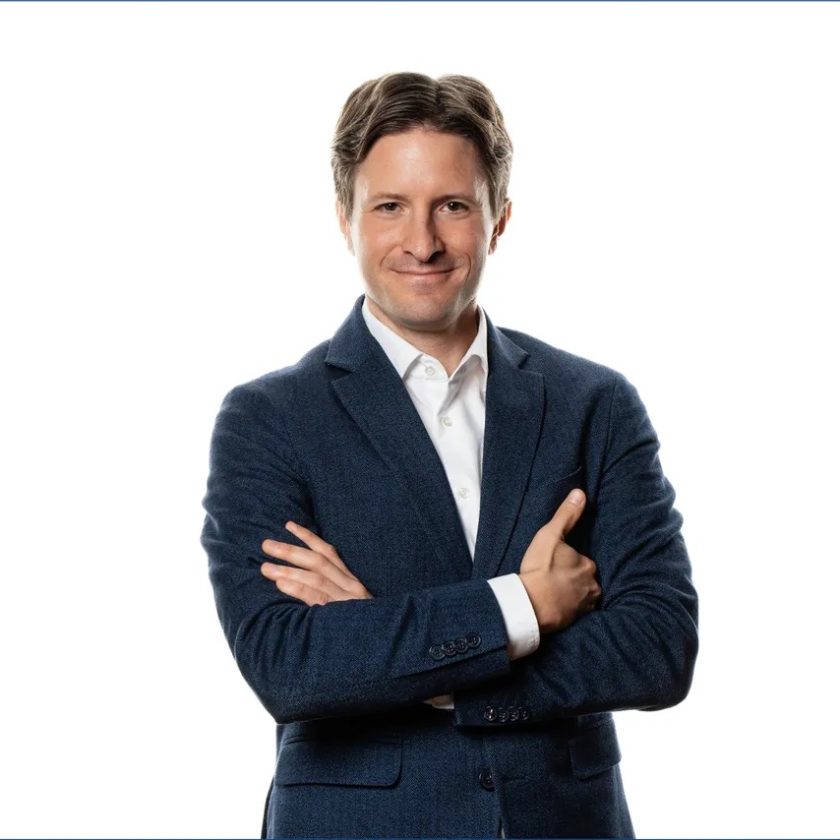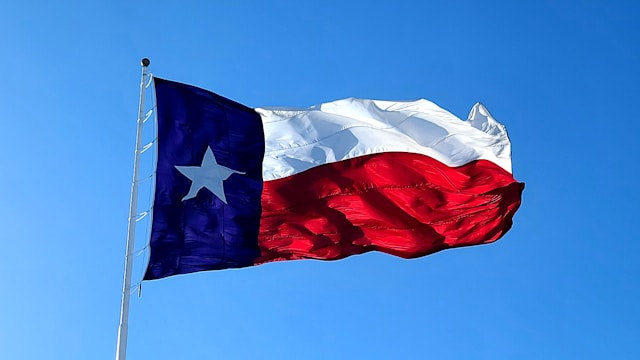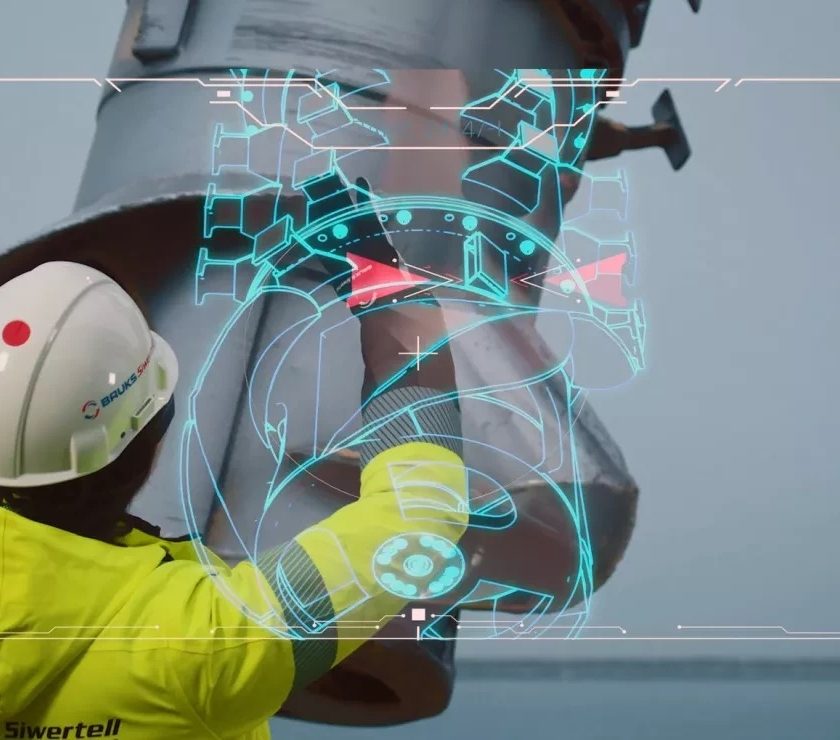LafargeHolcim in the U.S., Air Liquide and the University of Illinois’ Prairie Research Institute are collaborating on a Front-End Engineering Design (FEED) study for a carbon capture retrofit that can separate up to 95% of CO2 emissions at the Holcim Ste. Genevieve (Mo.) cement plant.
“While we have partnered with energy-generation facilities on many of our carbon management projects, carbon from industrial sources is also a key piece of the puzzle,” said Prairie Research Institute’s Kevin OBrien, the project’s principal investigator. “It’s exciting to collaborate with LafargeHolcim in the U.S. to explore the application of this carbon capture technology at a commercial scale, in a way that has the potential for significant impact.”
The project will employ Air Liquide’s Crycocap FG system at the Ste. Genevieve plant, which features the largest single kiln in the world. The Cryocap system combines Pressure Swing Adsorption capabilities with cryogenic refrigeration technologies to achieve high CO2 capture rates with high CO2 purity rates. The captured CO2 will be pipeline ready for geological storage.
The U.S. Department of Energy’s National Energy Technology Laboratory awarded $4 million in federal funding for research and development to support the FEED study, in addition to cost share contributions by LafargeHolcim and Air Liquide.
“We recognize that in our industry, the ability to decarbonize is the real game changer. This project selected by U.S. DOE is another significant step in advancing large-scale CCUS technology in our industry, something we are very excited about at LafargeHolcim,” said Derick Dreyer, head of cement industrial performance, North America. “This partnership, the second of this nature in the U.S., is a powerful example of how collaboration across industry, the public sector and academia can advance carbon capture, utilization and storage projects that are the critical steps to accelerating the transition to a net-zero future.”
In addition to completion of the FEED study, the scope of work includes a business case outlining the potential business model for commercial scalability, as well as analyses on environmental justice, economic revitalization and jobs creation.



